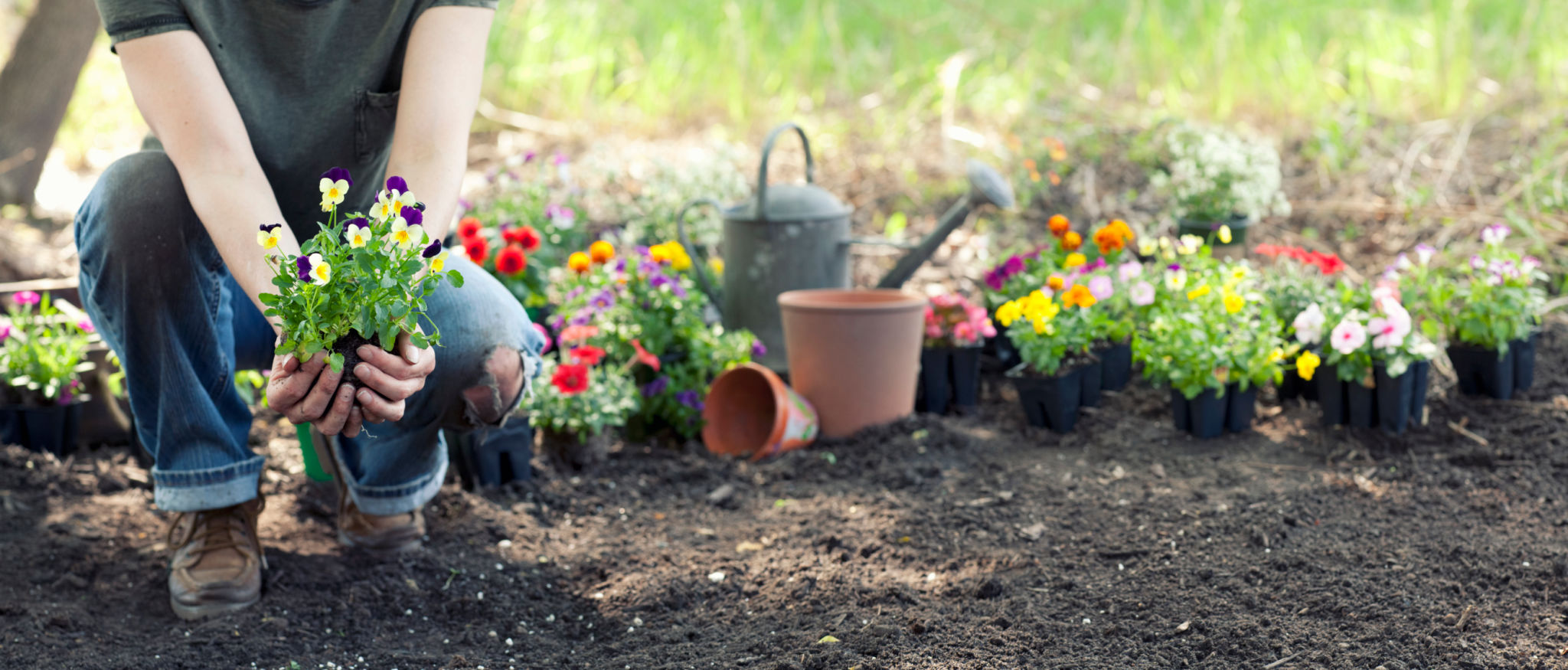How to Create a Year-Round Garden: Expert Tips for Every Season
Understanding Your Climate and Soil
Creating a year-round garden begins with understanding your local climate and soil conditions. Knowing the average temperatures, frost dates, and rainfall patterns will help you select plants that thrive in each season. It's essential to test your soil to determine its pH level and nutrient content, which will guide you in amending it for optimal plant growth.

Once you've gathered this information, you can start planning your garden layout. Consider grouping plants with similar needs together and rotating crops to preserve soil health. This foundational knowledge is crucial for a successful year-round garden.
Spring: Preparing for New Growth
Spring is the season of renewal, making it the perfect time to prepare your garden for new growth. Start by cleaning up any debris from the winter months and turning the soil to improve aeration. Incorporate organic matter like compost into the soil to boost fertility.
Plant cool-season crops such as peas, lettuce, and radishes early in the season. As temperatures rise, transition to warm-season vegetables like tomatoes and peppers. Don't forget to include flowering plants that attract pollinators, enhancing both beauty and biodiversity in your garden.

Summer: Managing Heat and Hydration
Summer's heat can be challenging for gardeners, but with proper care, your garden can thrive. Watering is critical during this season; aim for deep, infrequent watering to encourage strong root development. Mulching helps retain moisture and regulate soil temperature.
Keep an eye out for pests and diseases, which can be more prevalent in the summer. Regularly inspect plants for signs of trouble and take action promptly. Consider using natural pest control methods to maintain a healthy ecosystem in your garden.

Fall: Harvesting and Preparing for Dormancy
Fall is a time of transition as the growing season winds down. Harvest the remaining crops and enjoy the fruits of your labor. As plants die back, remove spent foliage and add it to your compost pile to enrich next year's soil.
Plant cover crops such as clover or rye to prevent soil erosion and add nutrients over the winter months. Fall is also a great time to plant bulbs for spring blooms, ensuring a splash of color as soon as the weather warms up again.
Winter: Maintaining and Planning
Winter may seem like a dormant period, but there's still plenty to do in your year-round garden. Protect sensitive plants with mulch or row covers to shield them from harsh weather. Regularly check stored produce for signs of spoilage.

Utilize this quieter time to plan for the coming year. Review what worked well in your garden and what could be improved. Research new plant varieties or techniques that you can incorporate into your garden design when spring arrives.
Final Thoughts
Creating a year-round garden requires thoughtful planning, dedication, and an understanding of your local environment. By following these expert tips tailored to each season, you can cultivate a thriving garden that provides beauty and bounty throughout the year. Remember, gardening is a journey of learning and adaptation, so embrace each season's challenges and rewards.